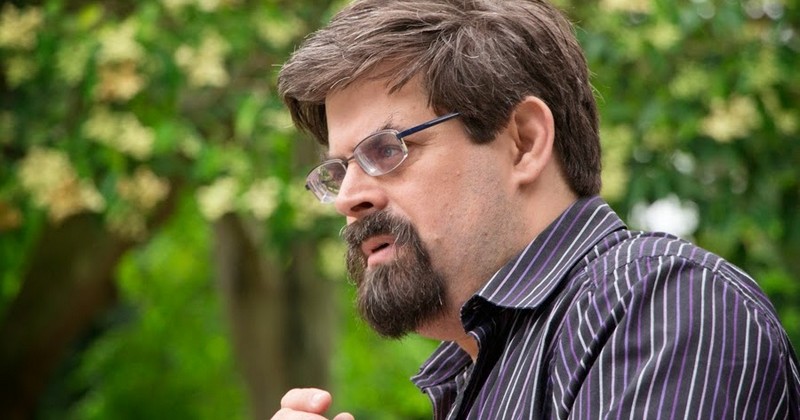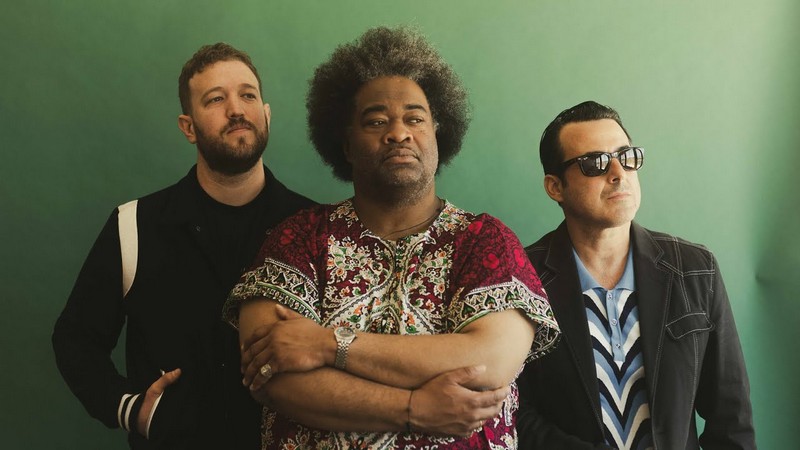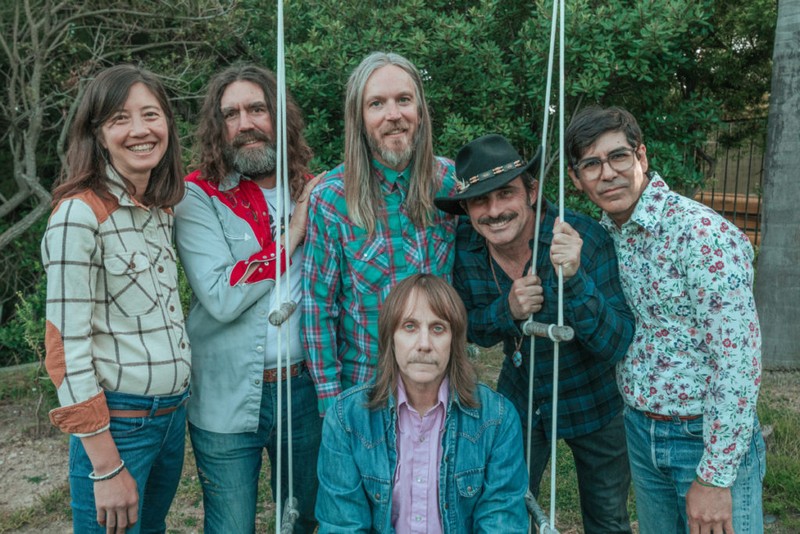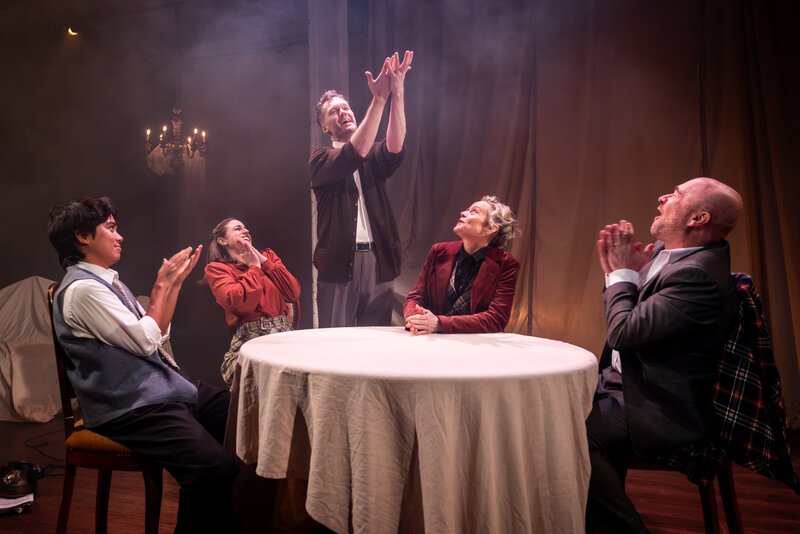 Adrian Tchaikovsky’s fantasy novel City of Last Chances came out earlier this year and was marketed as a stand alone. That was a richly conceived fantasy novel centring on a city under occupation and a revolt that brews and explodes on its streets. There was so much world building around the city of Ilmar and plenty of characters left with futures in the air at its conclusion but City of Last Chances still did not necessarily feel like it needed to be the start of a series. So it was a bit of a surprise when not six months later Tchaikovsky delivers an equally engaging but very different sequel, with only one crossover character (although in the end an extremely important one) in House of Open Wounds.
Adrian Tchaikovsky’s fantasy novel City of Last Chances came out earlier this year and was marketed as a stand alone. That was a richly conceived fantasy novel centring on a city under occupation and a revolt that brews and explodes on its streets. There was so much world building around the city of Ilmar and plenty of characters left with futures in the air at its conclusion but City of Last Chances still did not necessarily feel like it needed to be the start of a series. So it was a bit of a surprise when not six months later Tchaikovsky delivers an equally engaging but very different sequel, with only one crossover character (although in the end an extremely important one) in House of Open Wounds.
If City of Last Chances was a city-based revolution novel then House of Open Wounds is a war novel. The book opens in and spends much of its time around a field hospital for the Palleseen army. It is the Palleseen, and their militant perfectionism, who were the occupiers and target of so much ire in City of Last Chances. Here, Tchaikovsky embeds readers in the Palleseen backlines as they fight to a bloody stalemate with an implacable enemy in a war which is essentially over who should control the world. The thing about this field hospital is that it is staffed mainly by misfits and non-Palleseen magic users. So that when the last priest in Ilmar, known as Yasnic in the previous book but now called Maric Jack because no one cares to know his real name, and his box of forgotten gods turns up he fits right in.
Much like City of Last Chances, House of Open Wounds is a mosaic of a novel – building up its picture and plot through multiple points of view. But whereas in the former those points of view were usually separate and on their own paths, this narrative centres mainly on the staff of the field hospital – from their Chief, known as the Butcher, to the magic using “surgeons”, to the orderlies. So that many chapters jump between then characters who are all in the same place at the same time.
The closest comparison to make for this book is the TV series M*A*S*H, but darker. There are not a lot of laughs to be had and Tchaikovsky does not shy away from the body count and the sheer barbarity of the war that is being fought. This is particularly the case as his characters interact with those who are striving to make bigger and more deadly or more powerful weapons in a kind of magical arms race, not stopping to consider what might happen when the enemy then creates similar weapons of their own. If nothing else this book is about the futility of war, the way the machine either grinds people down or forces them to try and change the rules.
House of Open Wounds is a long novel that spends a lot of time focussed on the characters and their ever worsening situation. But the characters are so engaging that the pages keep turning. And there is a slow moving plot underneath it all which keeps being hinted at. Tchaikovsky has great control over all of his revelations and how all of the pieces drop into place but that plot only really clicks into gear in the last quarter.
As with the previous book, House of Open Wounds can easily be read as a standalone. Once again, the main plot points are wrapped up and the future of the characters is open. So that this may stand as part of a great duology or, hopefully, Tchaikovsky will take readers to another part of the world, perhaps with some of those characters, perhaps not, as he has left plenty to explore.
Robert Goodman
For more of Robert’s reviews, visit his blog Pile By the Bed
Other reviews you might enjoy:
- 5 Book Apps You Should Download (audio review)
- Love Lust Lost (The Austral) – theatre review
- 5 Audio Books You Should Listen To – (audio review)

Robert Goodman is a book reviewer, former Ned Kelly Awards judge and institutionalised public servant based in Sydney. This and over 450 more book reviews can be found on his website Pile By the Bed.





